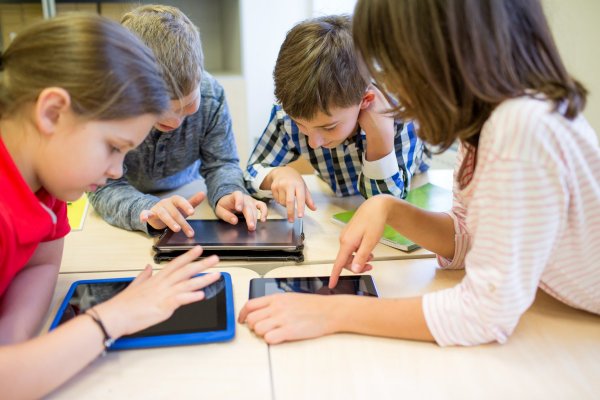Wcce2009.org is no longer available here. Please try ifip.org/wcce2009 instead.
Technology in the Classroom

Technology is prevalent in every aspect of life today, and in this digital age, it is imperative that students get used to computers from an early age. The earliest use of computers in education began with the introduction of the Apple II Desktop in the 1970s, a relatively simple machine, which used floppy disks to convey information. The mid-80s saw the introduction of personal computers and the CD-ROM, which allowed students to store material for the first time.
The Present Day
Today, the internet takes centre stage, and with the widespread availability of wi-fi, its value to the learning process is undeniable. Interactive whiteboards have long replaced blackboards as the tool of choice. YouTube is also in evidence in classrooms, allowing students to collaborate on projects, and for teachers to create instructional videos. Where budget allows, some schools have provided personal laptops, to enable education to continue at home. The innovative iClicker can also be seen in some classrooms, a student response system, used to monitor attendance, and create polls and quizzes.

The Future of Education
The hot topic for the future use of computers in education is undoubtedly the emergence of virtual or augmented reality. The use of Google Cardboard VR is becoming more prevalent, as it allows students to study objects and locations in 3D, leading to greater understanding of the world around them. A further aspect of computers in education is that it leads to a more personalised method of teaching. Students can now learn and work at their own pace, without hindering others in the classroom.